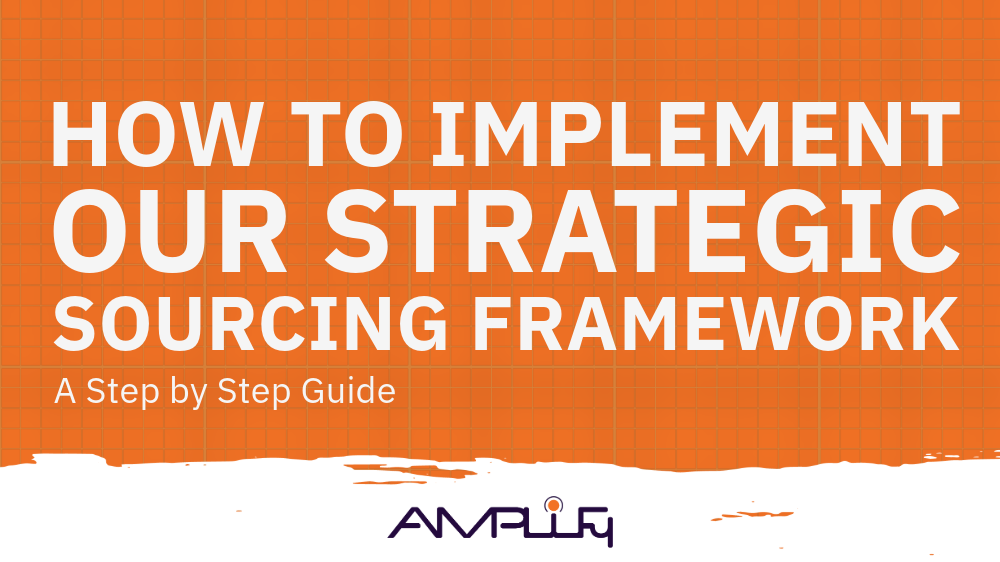This article was written by Gabriel Hauari for Information Management and was licensed by Bloomberg .
Data quality, staffing issues still plague analytics efforts
Despite the growth in consumption and use of data, many organizations still struggle with their analytics efforts, complaining of poor data quality, insufficient expertise in-house and a shortage of trained data professionals in general.
Those are among the findings of a new study by Forbes, which says that the majority of organizations lack tools and investment necessary for analytics usage in business. Indeed, 59 percent of organizations surveyed for the study reveal they are not using predictive models or advanced analytics.
The study highlights the increasingly critical role that analytics play in today’s main business enterprise activities ranging from strategy to operations. It stresses the need for immediate investment, prioritization and implementation of analytics from within companies.
Forbes surveyed more than 300 senior executives in North America, Britain, and Ireland for the report. Its findings reveal that if analytics efforts are to provide the expected return on investment, corporate leadership needs to invest in the people, processes and technologies that empower decision support and automation.
“This study underlines the need for continued focus and investment,” said Bruce Rogers, chief insights officer at Forbes Media. “Without sophisticated analysis of quality data, companies risk falling behind,” he said.
A major topic addressed by the study involves the tools and best practices needed for success. There is a lack of sophistication in how data is analyzed, as 23 percent of those surveyed are still using spreadsheets as their main method of storing data. While 41 percent reported using predictive models and/or advanced analytical and forecasting methods, 19 percent reported no use of analytical tools more complicated than basic data models and regressions.
Another key finding was a drastic need for better data quality. Some 24 percent of the respondents cited data quality and accuracy as a major obstacle to the success of their analytics efforts. Furthermore, only 42 percent of users and analysts reported they were confident in the quality of their data.
A general lack of skills is also hampering the success of many firms when dealing with analytics, as 27 percent cited skills gaps as a road block to their data and analytics efforts. Illustrating this lack of skills in-house, 55 percent of those surveyed reported that third-party analytics partners produced better work than analytics work done internally.
Survey respondents also cited a lack of budget and issues with technology as two of the top roadblocks in achieving success with their data strategies. The study noted that while the use of data is growing rapidly, the investment in personnel and technology is severely lacking.
Recent Posts


Recent Posts




